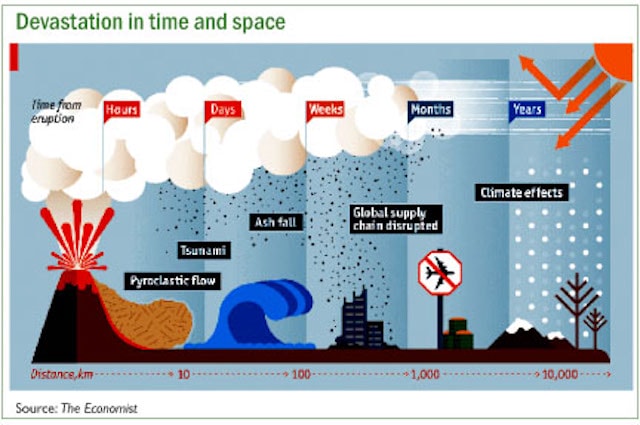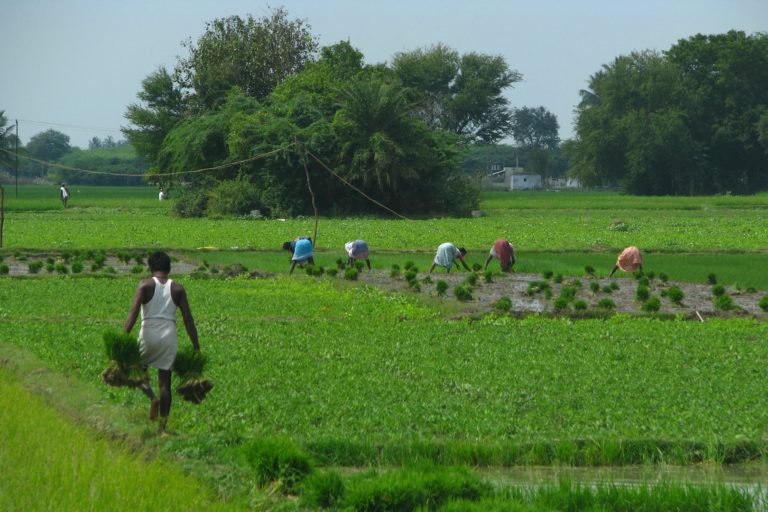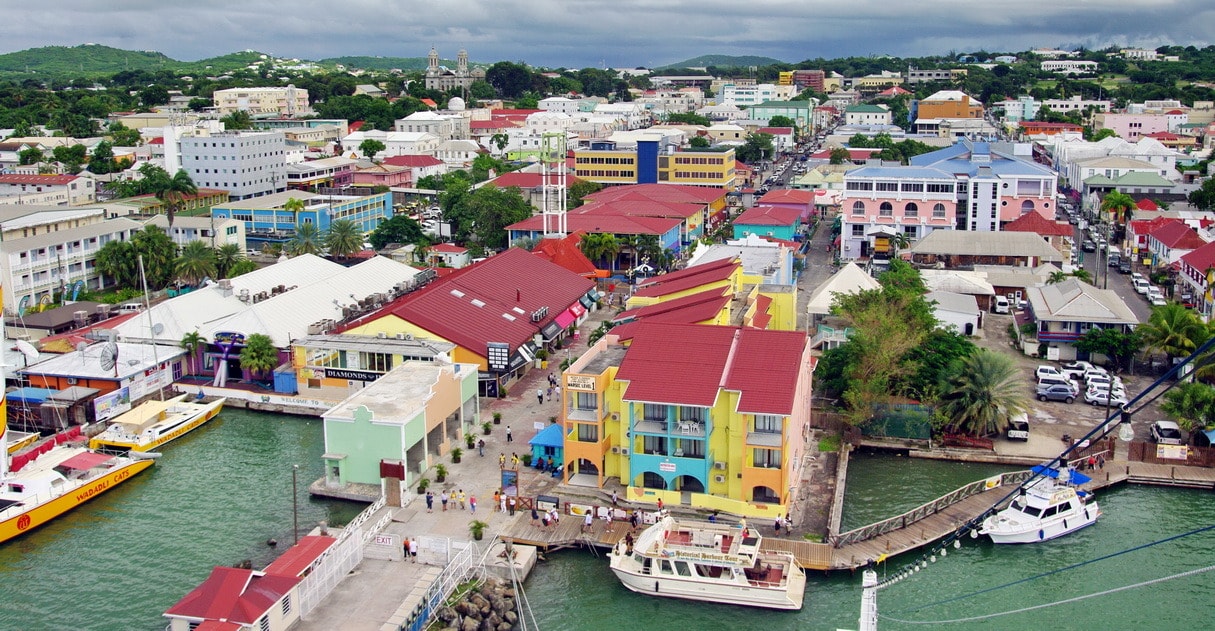We are in a climate crisis; across the world deadly storms and floods, devastating wildfires, extreme heat, and less reliable weather for growing crops have left millions of people impoverished, adding to the global refugee crisis. The impacts of climate change will become far worse if we continue cutting down forests and burning fossil fuels. Yet there is a quick solution: Geoengineering. In this article, I will explore how it might (or might not) work.
We know the solution to the climate crisis, converting our industrial, domestic energy, and transportation systems to clean and renewable forms of energy and shifting to sustainable methods of food and fiber production. This is widely accepted and major industrialized nations are committed to zero net emissions by the year 2050 (2060 for China). Even large oil companies are rebranding as “energy companies” and starting to move away from fossil fuels.
Transforming the global economy to protect the planet will be challenging, but many nations, including the U.S. (with the advent of the Biden administration), are stepping up and blueprints for this transformation such as President Biden’s climate plan, have been drafted, with many U.S. states and municipalities doing the same.
Even so, several political figures and think tanks want to find an out; a way to stave off devastating warming without giving up the U.S. dirty energy economy, and one ‘out’ is the idea of geoengineering.
Geoengineering involves steps to slow or stop global warming by bouncing sunlight back into space. Advocates believe this can compensate for the heat trapped in our atmosphere by greenhouse gasses.
Geoengineering also includes proposals to scrub greenhouse gases from our atmosphere altogether but their implementation is still decades in the future.
Would it Work?
Constructing a layer of haze in the stratosphere will cool the climate. This is how big volcanic eruptions cause global cooling; some eruptions release gasses hot enough to reach the stratosphere, which is about ten miles above Earth’s surface.
One of these gases is sulfur dioxide (SO2), which forms tiny sulfuric acid droplets. The resulting stratospheric haze blocks some sunlight from reaching the ground, and global cooling results. In 1992, Mount Pinatubo in the Philippines erupted and cooled the Earth by about a degree (°F).
The huge 1815 eruption of Mount Tambora in Indonesia caused 1816 to be the Year Without a Summer, with food shortages across the Northern Hemisphere and June frost in New England.

Can it Be Done?
Humans can do on purpose what volcanoes do naturally (if rarely). We know we can put SO2 in the stratosphere because military aircrafts routinely fly at those altitudes. However, SO2 might not be optimal – and the technology still needs to be developed.
A group at Harvard University has proposed the Stratospheric Controlled Perturbation Experiment (SCoPEx). SCoPEx would release small amounts of material from a high-altitude balloon and then measure how it scatters sunlight.
Earlier this year, however, the first SCoPEx experiment, intended to take place over Arctic Sweden, was canceled in response to pressure from scientists, environmentalists, and indigenous groups.
What Would it Cost?
According to a recent estimate, it would cost less than $20 billion a year to deposit enough SO2 into the stratosphere to slow or stop global warming. This is a small sum compared to the defense budgets of large nations, so the cost of a geoengineering program is clearly within the capacity of a major industrial nation, a consortium of nations, or even possibly a large corporation.
Related Articles: America’s New Climate Goal | Geoscience as a Tool in the 21st Century
What Could go Wrong?
It is impossible to determine the effects of geoengineering at the level needed to counteract global warming without implementing geoengineering on a large scale. Even so, scientists are studying its effects in global climate models (complex computer simulations of the climate system).
Some results have indicated that geoengineering would weaken monsoon rains, on which billions of Earth’s people depend for water. Even so, a recent study that assumes geoengineering would be used to counter half of global warming, suggested geoengineering could be implemented without increasing the risk of destructive climate events.
However, this work is theoretical and even the best climate models have errors. Furthermore, computer models of crops and ecosystems are significantly less advanced and accurate, so we don’t know what geoengineering would do to nature and food production.
“If geoengineering is deployed and negative outcomes result, it could be incredibly dangerous to stop, because rapid global warming would result.”
Blocking sunlight does nothing to slow emissions of CO2. Today, about a quarter of the CO2 humans put in the air ends up in the ocean and as a result, it has become more acidic, leading to the loss of coral reefs and other marine life. Geoengineering could slow or stop global warming without reducing CO2 emissions, ensuring that damage to marine ecosystems worsens.
Who’s Decision?
In principle, geoengineering decisions will be democratic, but even when global agreements are ratified there is no way to enforce them. Furthermore, many governments aren’t democratic, so citizens of those countries lack input. If a wealthy nation or large corporation chose to carry out a geoengineering program on its own, there would be no way — short of military action — to stop it.
Geoengineering and Environmental Racism
People in the Global North enjoy most of the benefits associated with a fossil-fuel-powered industrial economy. While climate damage has affected some wealthy nations — wildfires in Australia and floods in Venice — people in the Global South continue to bear the worst of the infrastructural, environmental, and emotional damage from loss of life, income, and housing associated with the climate crisis.
If geoengineering is implemented, rich nations will likely make any influential decisions and they will reap the greatest benefits of reduced warming. People in the Global South could benefit, but they would bear the greatest risks.
Low-income nations are most vulnerable to reduced food production and most dependent on the monsoon rains geoengineering could disrupt. Geoengineering could, therefore, widen the already large wealth gap between the global rich and poor.

Geoengineering: Practices and Implementation for the Future
Scientists promoting and conducting geoengineering research are unanimous in saying geoengineering should be considered as a tool to slow global warming while we convert to clean energy, and no one proposes immediate deployment, only more research.
Yet, as the recent pandemic showed, scientists rarely run the show. It is alarming that organizations including the American Enterprise Institute, and politicians like Congressman Lamar Smith — who previously challenged the reality of climate change — now seem to support geoengineering.
Scientists most likely don’t see geoengineering as an out, but these folks might.
Global climate change must be slowed and eventually stopped by reducing, then ending deforestation and our dependence on fossil fuels. This will be accomplished by conservation and efficiency, moving away from a throwaway culture, and, most importantly by switching to clean renewable energy and sustainable and regenerative agriculture. Making these changes is the most important work of our time.
In this context, geoengineering is at best a distraction and at worst a temptation to follow a path that could increase the global destruction and injustice of the climate crisis. If you’re interested in physics and graduate programs, visit physics.ucmerced.edu/academics/graduate-studies/ or similar sites to know more.
——
Walt Robinson is a Professor of Atmospheric Sciences in the Department of Marine, Earth, and Atmospheric Sciences at North Carolina State University. His research focuses on the physics and dynamics of Earth’s atmosphere in the context of a changing climate, with a recent emphasis on extreme climate events. He co-directs NC State’s graduate program on Climate Change & Society, and he is a Fellow of the American Meteorological Society.
Editor’s Note: The opinions expressed here by Impakter.com columnists are their own, not those of Impakter.com. — In the Featured Photo: Geoengineering takes place over the Ruhr region in Germany. Featured Photo Credit: Flickr.















